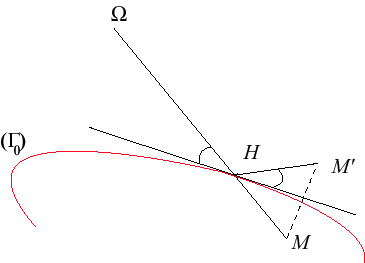
| next curve | previous curve | 2D curves | 3D curves | surfaces | fractals | polyhedra |
ANAMORPHOSIS
| Process studied by Jean-François
Nicéron in 1636.
From greek ana "going up", or going "back to", and morphe "form". |
The word anamorphosis commonly refers to the transformation
that matches an object with the one which it is the virtual picture through
an optical system, for a given viewer from a finite or infinite distance.
| In two-dimensional space, the anamorphosis associated
with a curve |
 |
| Coordinates of M' are determined by the relation For example, if For a curve |
That relation turns a curve
into a curve
,
obtained by anamorphosis of the first one.
Examples :
- a rectilinear anomorphosis (
= line) is nothing but a reflection.
- a circular anamorphosis :
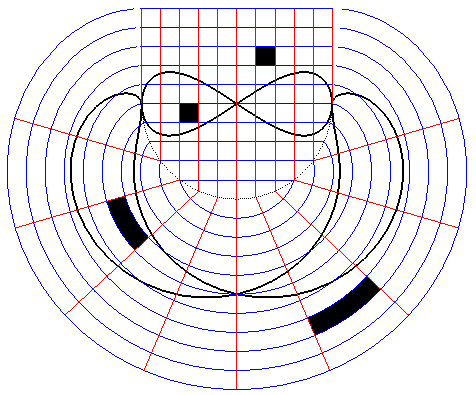 |
Image of a circular anamorphosis as viewed from an observer
at infinity in the direction of Oy, with transformation of a grid
and a curve.
The curved grid is the real grid whose virtual image is the original grid. |
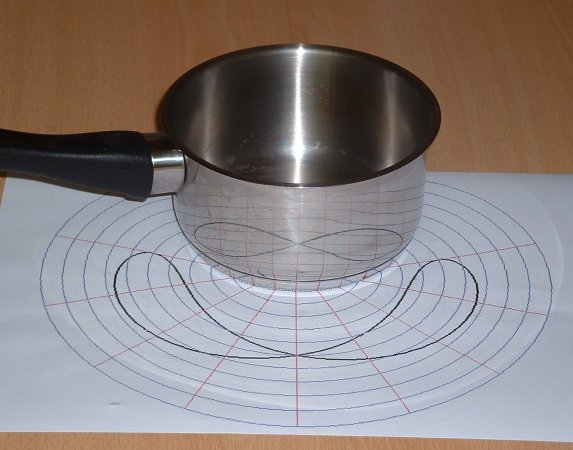 |
The bidimensional circular anamorphosis is similar to the planar restriction of the tridimensional cylindrical anamorphosis, as shown in this picture. |
Conversely, here is the virtual image of a real grid (this
implies reversing the relation )
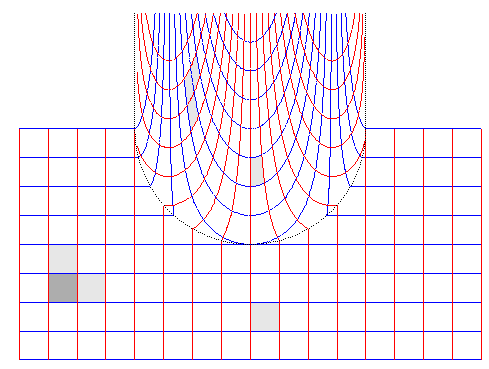 |
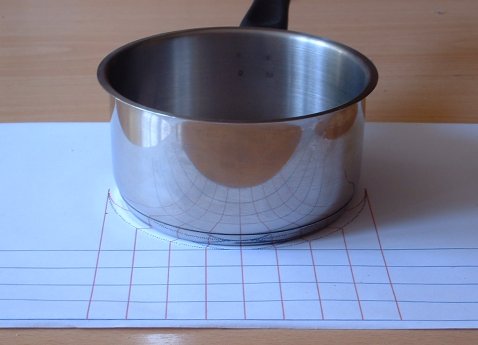 |
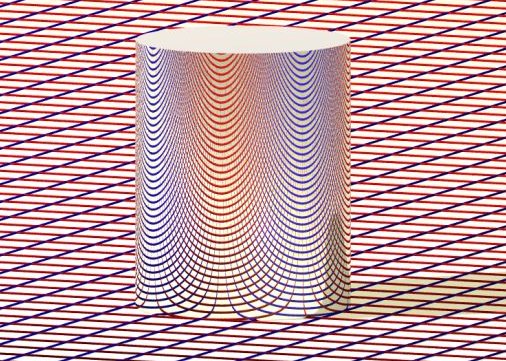 |
Cylindrical anamorphosis obtained with Povray software (Alain Esculier) |
For some writers, the word anamorphosis simply
describes the transformation that matches an object with its symmetrical
image with respect to a curved mirror.
| In the plane, the anamorphosis (second meaning)
associated with a curve |
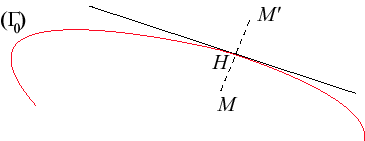 |
As opposed to the previously seen anamorphosis, this relation
is symmetric.
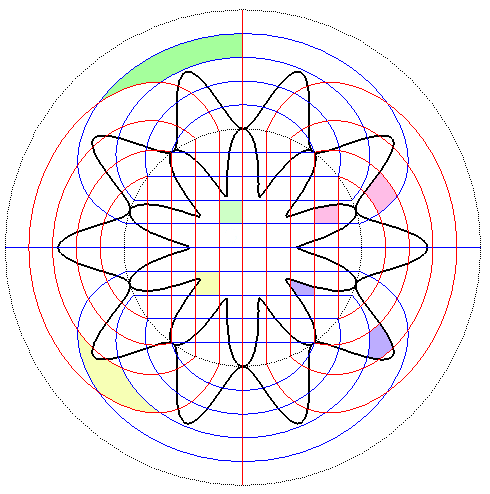 |
View of a circular anamorphosis (second definition)
transforming a grid and a curve.
For a circular mirror of radius a centered on
O,
the transformation formulas in polar coordinates are |
See also the 3D anamorphosis.
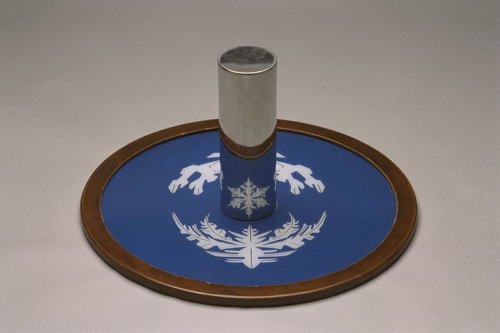
| next curve | previous curve | 2D curves | 3D curves | surfaces | fractals | polyhedra |
© Robert FERRÉOL 2018